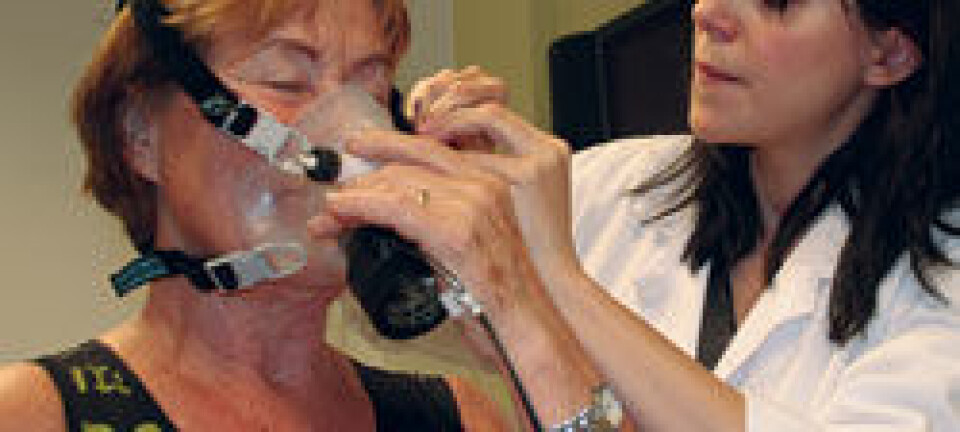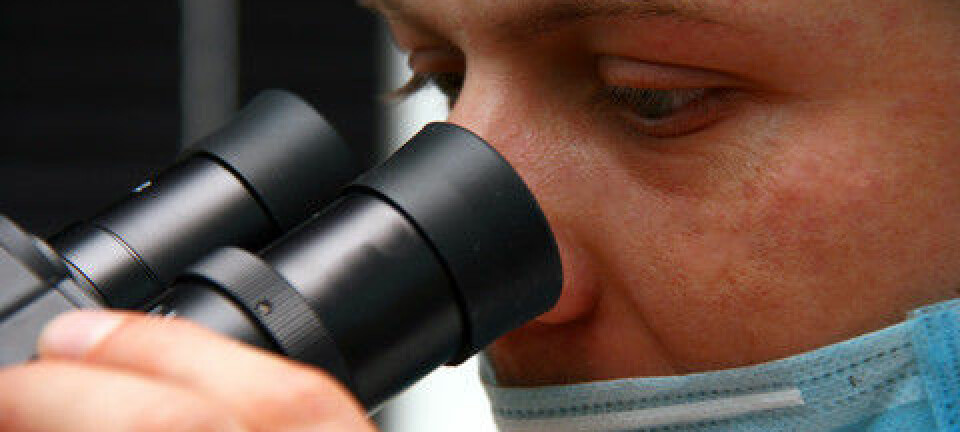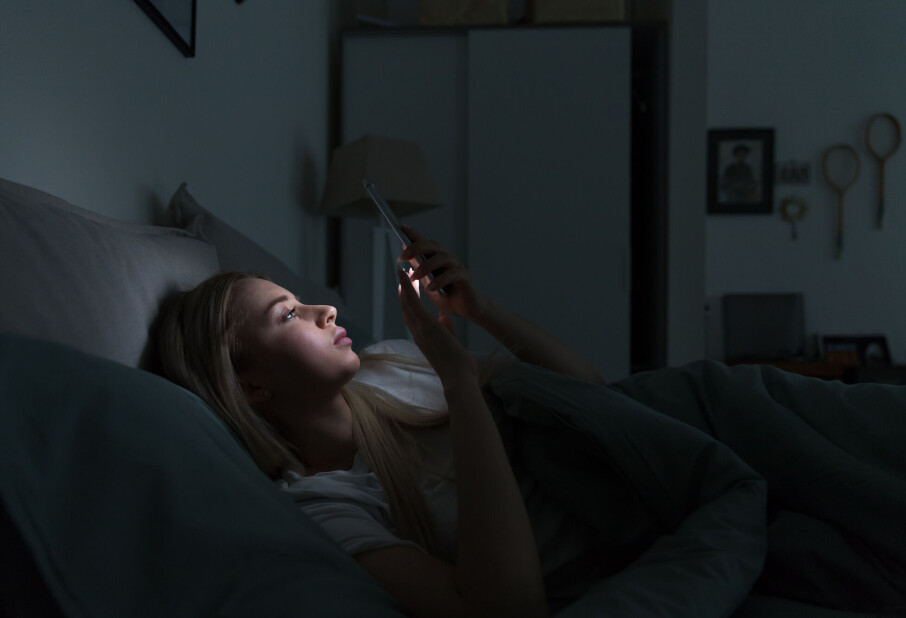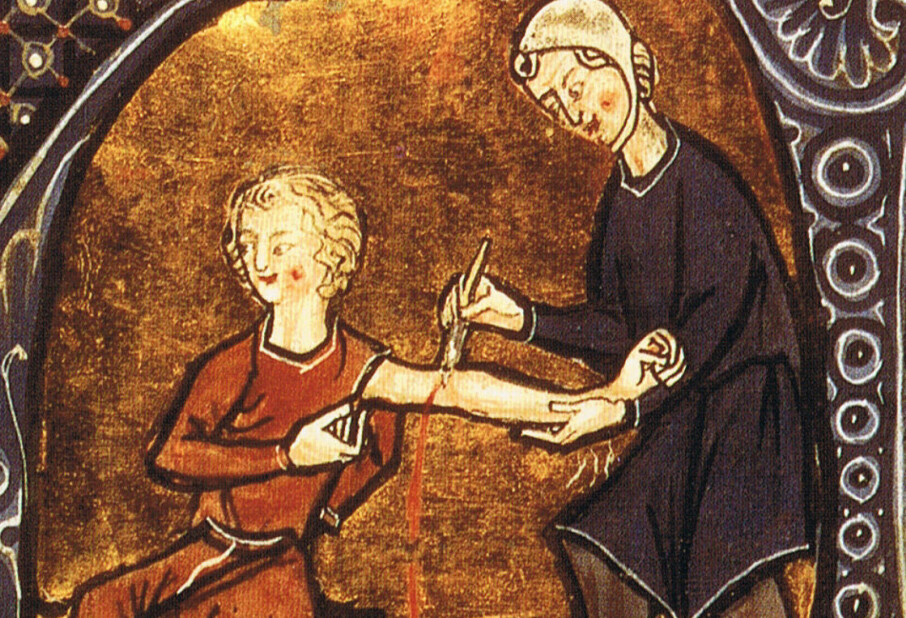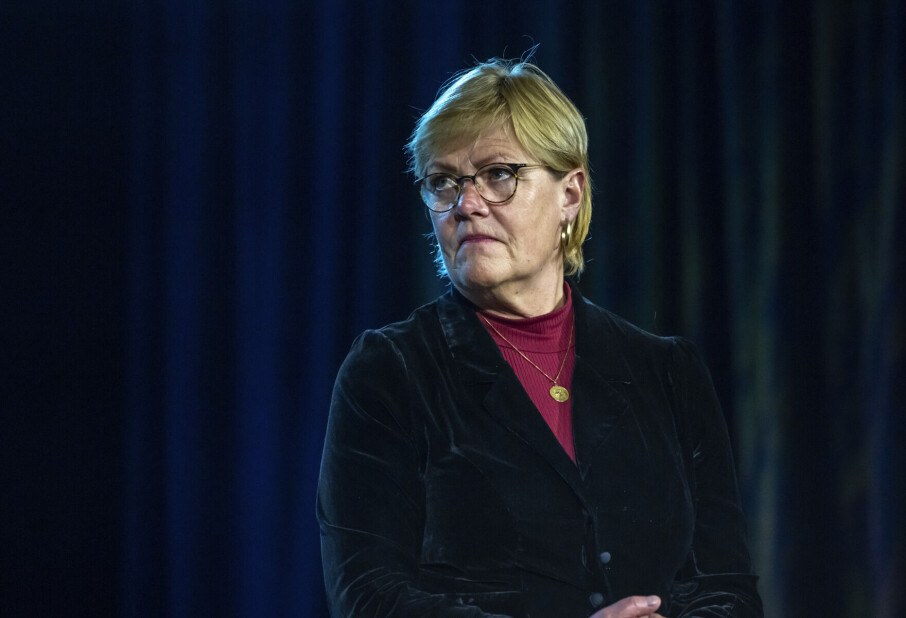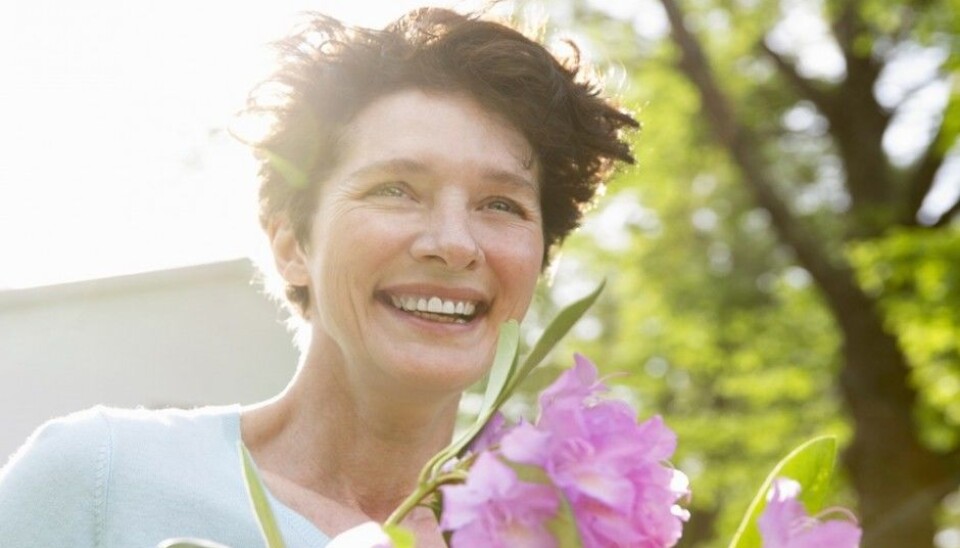
Menopause symptoms six years shorter in Norwegian women
African American women report having hot flashes and night sweats for more ten years. Norwegian women suffer from symptoms of menopause for an average of just four years.
Denne artikkelen er over ti år gammel og kan inneholde utdatert informasjon.
Hot flashes and night sweats are the most common symptoms of menopause.
But it turns out that the severity and duration of a woman’s menopause symptoms may be partly related to her ethnic group, according to a new publication from US researchers. The researchers documented major differences between a number of ethnic groups in terms of menopausal symptoms and their duration in an article in JAMA Internal Medicine.
While African American women in the study reported being plagued by symptoms for ten years on average, women of Asian origin who were involved in the study reported problems that lasted just under five years. Caucasian women lie somewhere in between, reporting they suffered from symptoms on average about 6.5 years.
The American researchers followed 3,300 women for almost 13 years after the women first reported hot flashes.
Similar study in Norway
A Norwegian study followed nearly 2300 women from Hordaland County from 1997 to 2009 – not quite as long as the American study. However, the 2011 Norwegian study was similar to the American study in terms of methodology.
The Hordaland women reported problematic symptoms from menopause for four years, on average. Only one per cent of the group reported being plagued by symptoms for as long as twelve years, and just 36 per cent reported daily hot flashes.
“The conclusion is that Norwegian women report less problematic symptoms and have shorter periods with daily hot flashes than what the US researchers found,” says Bjørn Gjelsvik at the University of Oslo, who led the Norwegian study. He said it was important to note that the Norwegian study was somewhat shorter than the American study, which may also account for some of the differences in the findings.
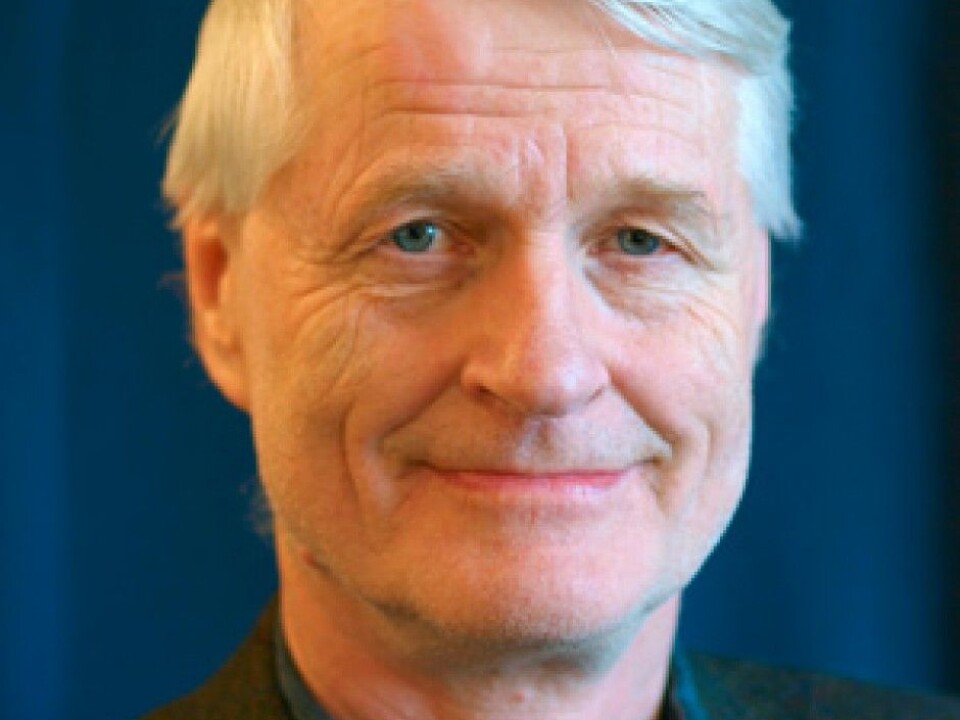
But one of the most important differences, he says, is that the American study involved a number of ethnic groups. There are far fewer women of African origins in Norway than in the United States, for example.
Cultural differences possible explanation
Neither the Norwegian nor US researchers can say for certain why women of different ethnicities report such big differences when it comes to menopause.
Gjelsvik does not preclude the possibility that there may be genetic differences. But he also wondered if it could be partly due to cultural differences.
“Compared to American women, Norwegian women have been less exposed to the extensive medicalization of menopause. There has been somewhat less of a focus on problematic menopausal symptoms and less focus on the benefits of hormone therapy during the 1980s and 1990s,” Gjelsvik said.
Smokers suffer more
The American women who reported the most problems with symptoms from menopause were more likely to smoke and were more often overweight. They were also more likely to have a higher sensitivity to symptoms, as well as anxiety, perceived stress, and depressive symptoms. They often had low educational levels and reported greater financial stress and less social support networks than those who were less troubled by symptoms.
Compared to the American study, the women in the Norwegian study who had more problems with symptoms were also more likely to be daily smokers, have lower educational levels and were not living with a partner.
“We controlled for economic status, but we did not find any differences there. Nor did we find any correlation between obesity and problematic symptoms, or between a lack of physical activity and symptoms,” Gjelsvik said.
In fact, the researchers found that women who exercised the most also had more hot flashes than women who did not exercise. They speculated that this might be because women with the worst symptoms may have read that exercise helps with problematic symptoms.
Gjelsvik believes that smoking is the only well-documented lifestyle factor that clearly makes menopause more difficult for women.
“Women who smoke experience menopause earlier and more dramatically than women who do not,” he said.
No loss of sexual desire
The Norwegian study found that every third study participant reported being bothered by hot flashes during menopause.
Between two and 10 per cent of the women in the Norwegian study reported vaginal dryness, another typical symptom of menopause.
Gjelsvik believes that there are many myths about female menopause, but few are supported by his research.
“There is no evidence that women have sleep problems, anxiety and agitation during menopause, as has been believed for many years. Nor is there evidence that hormonal changes reduce sexual desire in women. Most scientists today would be reluctant to say that these symptoms are clearly associated with menopause,” he said.
———
Read the Norwegian version of this article at forskning.no
Scientific links
- Duration of Menopausal Vasomotor Symptoms Over the Menopause Transition, JAMA International Medicine, februar 2015, doi:10.1001/jamainternmed.2014.8063
- Symptom prevalence during menopause and factors associated with symptoms and menopausal age. Results from the Norwegian Hordaland Women’s Cohort study, Maturitas desember 2011, doi:10.1016/j.maturitas.2011.09.011









